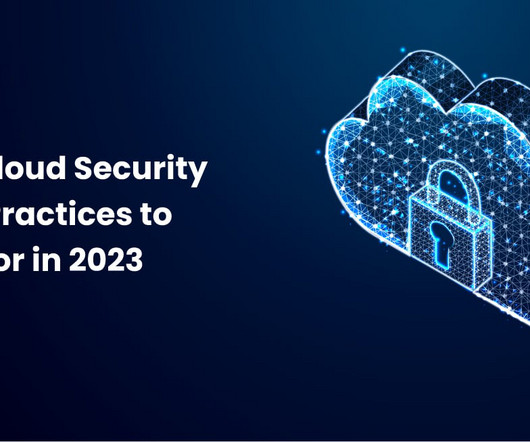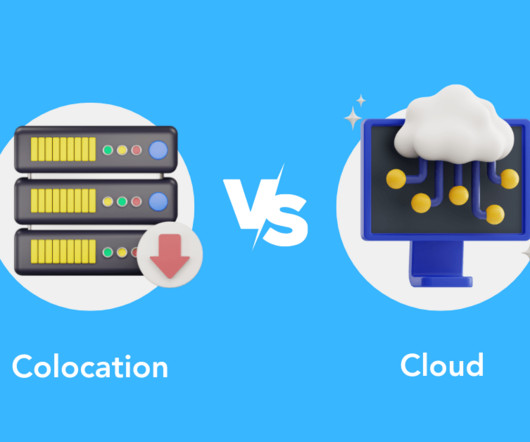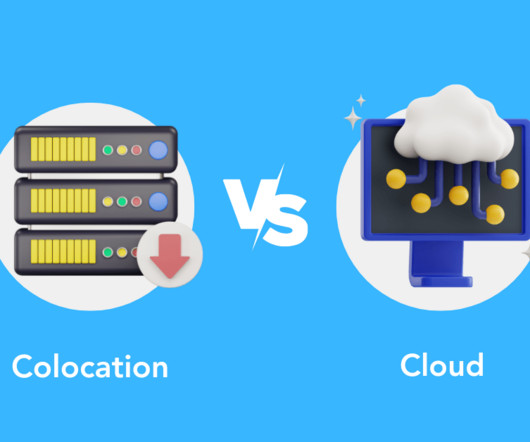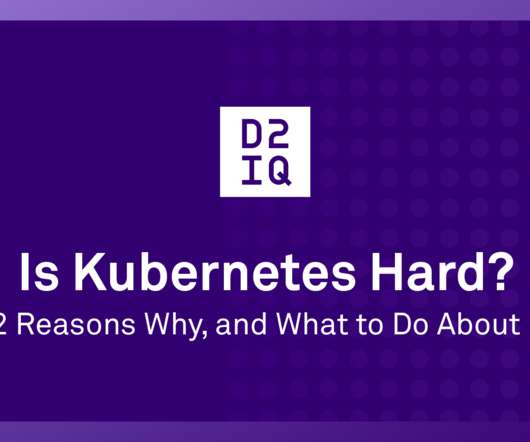Top 10 Cloud Security Best Practices to look for in 2023
Openxcell
OCTOBER 20, 2023
Introduction: Due to computerized evolution, security has become the core concern for many businesses. Almost every industry is panicking about its data storage and infrastructure security. Cloud security protects applications, data, and resources from probable risks of cyber threats and vulnerabilities. What is Cloud security?
















Let's personalize your content